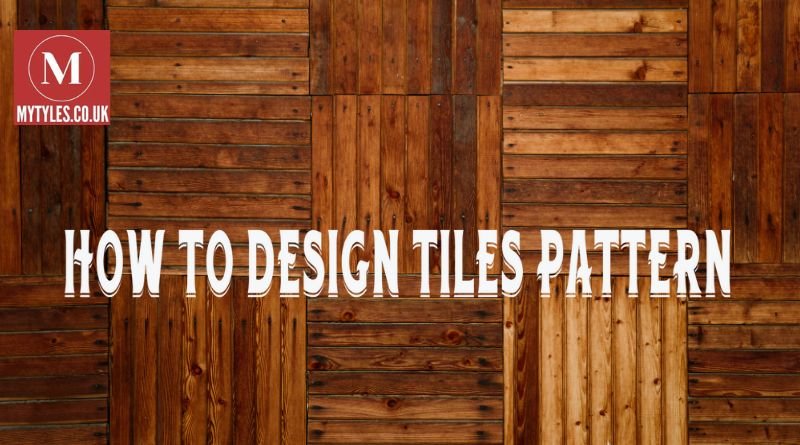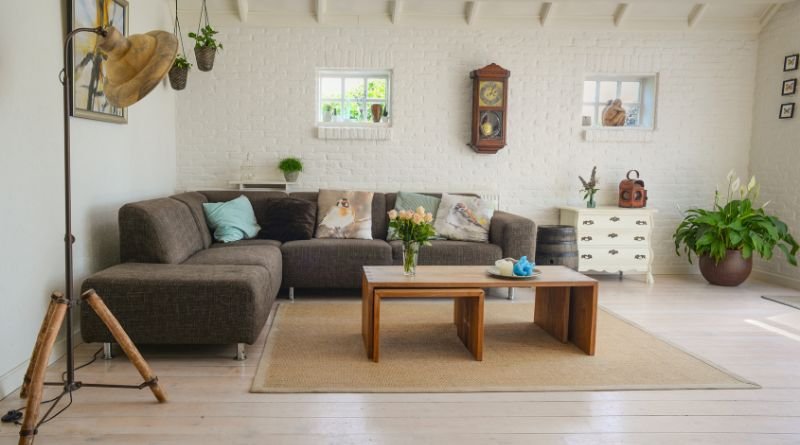Tile patterns are an essential component of interior and exterior design, bringing aesthetics, functionality, and personality into spaces. Whether you’re working on a home renovation project or designing a commercial space, choosing the right tile pattern can make a significant difference in the final look. With endless possibilities and creative options, learning how to design tile patterns can be both exciting and daunting. This article will guide you through the basics, principles, and tips for designing stunning tile patterns, ensuring that your space is as functional as it is visually appealing.
Understanding Tile Basics
Before diving into the specifics of designing tile patterns, it’s essential to understand the fundamentals of tiles. Tiles come in a variety of materials such as ceramic, porcelain, stone, glass, and even metal. The choice of material will affect the texture, durability, and appearance of the tiles, which plays a critical role in pattern design. For instance, porcelain tiles are often preferred for high-traffic areas because they are dense and durable, while glass tiles are ideal for accent features due to their reflective properties.
Tiles also come in different shapes and sizes, such as squares, rectangles, hexagons, and even custom designs. Knowing the material, shape, and size of the tile will inform the possible patterns you can create.
Common Tile Layout Patterns
There are several tried-and-true tile layout patterns that have been used for decades, if not centuries. These classic patterns serve as a foundation for designing more complex layouts. Understanding these can help in developing a customized design or in sticking with timeless arrangements.
- Grid Pattern (Straight Lay) This is one of the simplest tile layouts, where tiles are aligned in a straight, uniform grid. It is ideal for small spaces like bathrooms or kitchens because it gives a clean, uncluttered look. While straightforward, the grid pattern can be dressed up by using contrasting grout or mixing tile colors.
- Brick or Running Bond Pattern The brick pattern, also known as the running bond, involves tiles being offset by half their width, mimicking the layout of a brick wall. This pattern is popular because it provides a classic, uniform appearance while adding visual interest through the offset lines.
- Diagonal or Diamond Pattern For those who want to add more dimension and movement to a space, laying tiles diagonally or in a diamond pattern can be a great option. This method involves rotating square tiles at a 45-degree angle, giving the room a more dynamic and spacious feel.
- Herringbone Pattern The herringbone pattern is an arrangement of rectangular tiles placed at a 45-degree angle to create a zigzag effect. This pattern adds texture and movement to floors or walls and is often used in high-end designs. It works particularly well with longer, rectangular tiles.
- Chevron Pattern Similar to the herringbone, the chevron pattern also creates a zigzag effect, but the ends of the tiles are cut at an angle to form perfect V shapes. This pattern is elegant and adds a more fluid, continuous line to the design, perfect for modern and luxurious spaces.
- Basketweave Pattern In this layout, tiles are arranged in pairs, with alternating vertical and horizontal orientations, creating a woven appearance. This pattern works well for smaller tiles and can add a vintage or classic touch to the space.
- Modular or Versailles Pattern The modular pattern uses a combination of different-sized tiles to create a repeating pattern. It’s ideal for large spaces like living rooms or patios and can give the area a sophisticated, natural look. The Versailles pattern, specifically, mimics the feel of grand, historic spaces.
Principles of Designing Tile Patterns
When designing tile patterns, several principles come into play to ensure the final layout is visually appealing and functional. Whether you’re going for a simple design or a complex pattern, keeping these principles in mind will help you achieve a cohesive and attractive result.
- Proportion and Scale The size of the tiles in relation to the space is a crucial consideration. Large tiles can make a small room feel more expansive, while smaller tiles can add intricacy to the design in larger areas. Ensuring the tiles are appropriately scaled to the room size will prevent the space from feeling overwhelming or cluttered.
- Symmetry vs. Asymmetry Symmetry offers a sense of order and balance in tile patterns. It’s often used in more formal or traditional spaces, such as foyers or dining rooms. On the other hand, asymmetrical patterns can create visual interest and a more modern, artistic vibe. Asymmetry works well in contemporary designs or in spaces where a more relaxed, organic feel is desired.
- Color and Contrast The color of your tiles can either complement the overall color scheme of the room or serve as a bold statement. Neutral colors are timeless and versatile, working well in various settings. However, adding contrasting colors can make patterns stand out, creating a focal point in the room. For instance, a dark grout with light tiles can emphasize the geometry of the tile layout.
- Texture and Finish Tile texture and finish should be considered, especially for practical reasons. For instance, matte or textured tiles offer better grip in wet areas like bathrooms or pool decks. Meanwhile, glossy or polished tiles are better suited for walls or areas where aesthetics take precedence over functionality. Mixing different textures can also add depth and variety to the design.
- Grout Lines Grout may seem like a minor detail, but it plays a significant role in the overall look of the tile pattern. Wider grout lines can make a pattern more noticeable, while narrow grout lines provide a seamless appearance. The color of the grout can either match the tile for a more cohesive look or contrast with it to highlight the pattern.
Steps to Design a Tile Pattern
Designing a tile pattern involves careful planning and execution. Here’s a step-by-step process to help you create the perfect tile layout for your space:
- Measure the Space Begin by measuring the area where you plan to install the tiles. Accurate measurements will help you determine how many tiles you’ll need and avoid unnecessary waste. Take note of obstacles like doorways, cabinets, or plumbing fixtures.
- Choose Your Tile Based on your design preferences and the space’s requirements, select the material, color, shape, and size of the tile. Consider factors like durability, slip resistance, and how the tile’s texture complements the room’s other design elements.
- Select a Pattern Now that you’ve chosen your tiles, decide on the pattern that best suits the space. For example, a straight-lay pattern might work well in a minimalist kitchen, while a herringbone pattern could add sophistication to a bathroom floor.
- Plan the Layout Before installation, create a mock-up or draw a diagram of the pattern. This will help you visualize how the tiles will look in the space. Consider starting the layout from a central point to ensure the pattern is balanced.
- Install the Tiles Once the design is finalized, it’s time to begin the installation. Depending on your expertise, you might want to hire a professional to ensure precise placement. Start from the center or focal point of the space, and work your way outward, making sure to maintain even spacing and grout lines.
- Apply Grout and Finish After the tiles are set, apply grout. The grout color and width can dramatically affect the final appearance of the pattern. Once the grout has dried, seal the tiles if necessary, especially in areas exposed to moisture.
Conclusion
Designing a tile pattern involves a mix of creativity, precision, and practical knowledge. By understanding different tile layouts, considering the principles of design, and following a step-by-step approach, you can create a tile pattern that enhances the beauty and functionality of any space. Whether you opt for a classic grid pattern or a bold herringbone design, the key to success lies in thoughtful planning and attention to detail.
The right tile pattern can transform a room, providing not just a surface to walk on, but a work of art that reflects your unique style.
Read also: check




